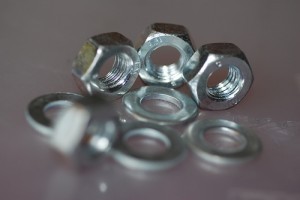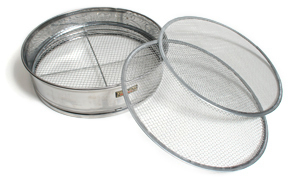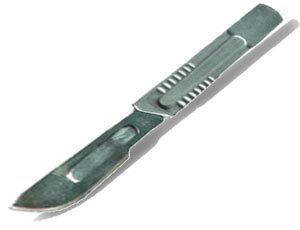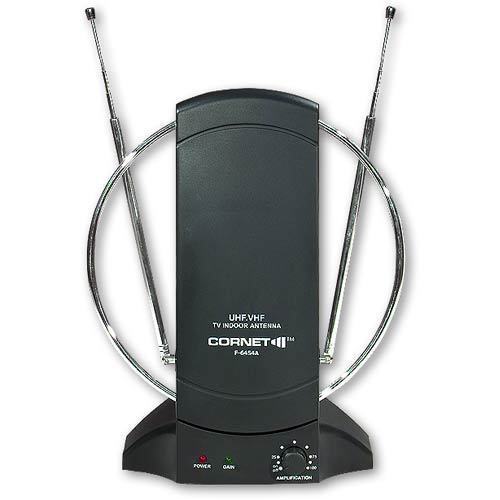Size of a Weightbelt
There are many weight belt sizes available. Some are 10 mm thick with 4 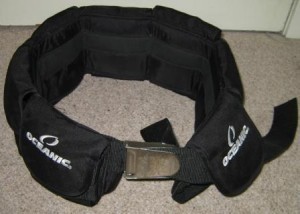 inch full support width. Others measure 13 mm x 4 inches. Some belts come in one size fits all, while some 4 inch or 6 inch belts taper to 2 1/2 inches.
inch full support width. Others measure 13 mm x 4 inches. Some belts come in one size fits all, while some 4 inch or 6 inch belts taper to 2 1/2 inches.
How to Choose the Right Weight Belt
First consult your doctor if you have a back injury. They can refer you to belts tailor made for your condition. If you belong to a power lifting group, check the organization’s policies on weight belts. Some groups only let you use specific types of belts.
One thing you have to remember when it comes to weight belt sizes is that most are four to six inches at the back. Your body size will dictate what size is best suited for you. As a general rule, taller weightlifters require a wide belt.
Trying Different Sizes
While manufacturers may recommend specific sizes, it is still up to you to decide what feels right and comfortable. A properly fitting belt should be set securely around your waist.
In addition the belt should be sitting right over your hips. If the belt is pinching your skin, it isn’t the right size. In other words, you should try various belts.
Locking Mechanisms
Besides the weight belt sizes, these belts comes with different locking mechanisms. One and two pronged buckles provide extra support. Those with quick release levers, however, are very simple to tighten.
Purpose of the Weight Belt
The weight belt is used for power lifting and weight lifting. Sometimes it is employed for strength and weight training. These belts are also used by some workers in industries. In these situations, the weight belt is called the back support or back belt.
The belt has two uses. The first is it minimizes the stress at the lower back. This happens because the belt allows the person to augment intra-abdominal pressure without risk. It also boosts the individual’s proprioception. This can in turn lead to a reduction in lumbar hyperextension and other spinal problems.
Properties
The traditional weight belt is constructed of leather. The width, as stated, varies. The wide part is set close to the back. The narrow section is set near the abdomen. The contours of the belt are so designed so it does not interfere with the lifter’s performance.
As a rule, the part that goes to the small of the back is 15 cm, but this can vary. However, the power lifting belts have non varying widths. They are also harder than the belts used for weight lifting.
Usage and Efficiency
There is still debate as to the weight belt’s efficiency. While it does limit the stress on certain muscles, it is claimed they also derive those muscles of the benefits from the exercise. Although their value is still questioned, many companies have their employees use them.
Whether you are doing weight lifting exercise or want to limit the stress on your back, make sure you choose the weight belt sizes carefully. Although there is still some controversy, stress can be reduced quite effectively in many cases.
